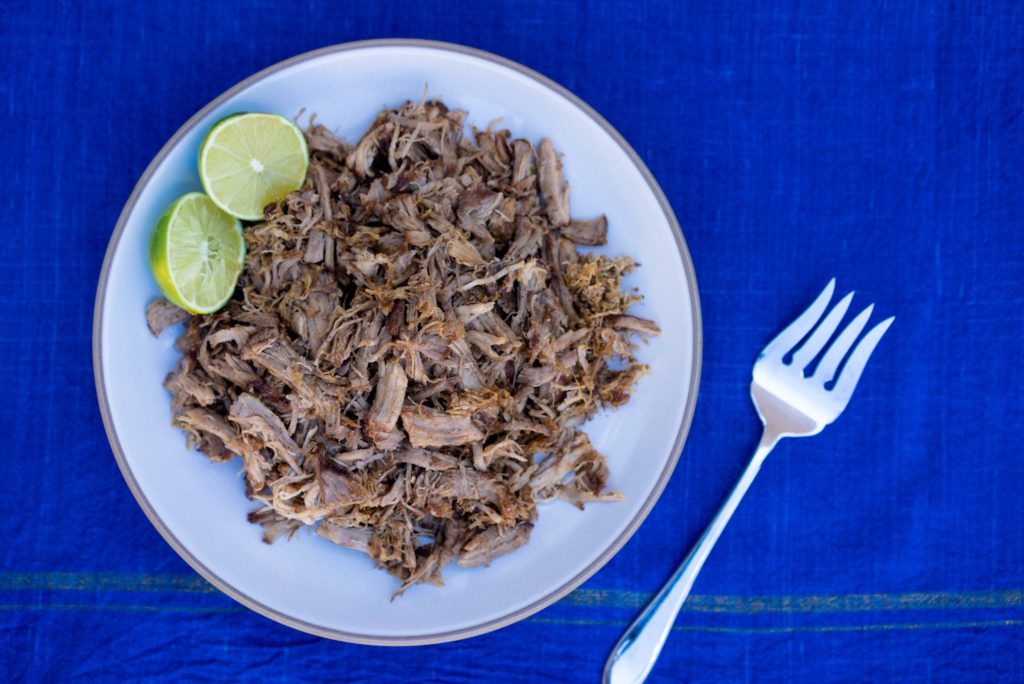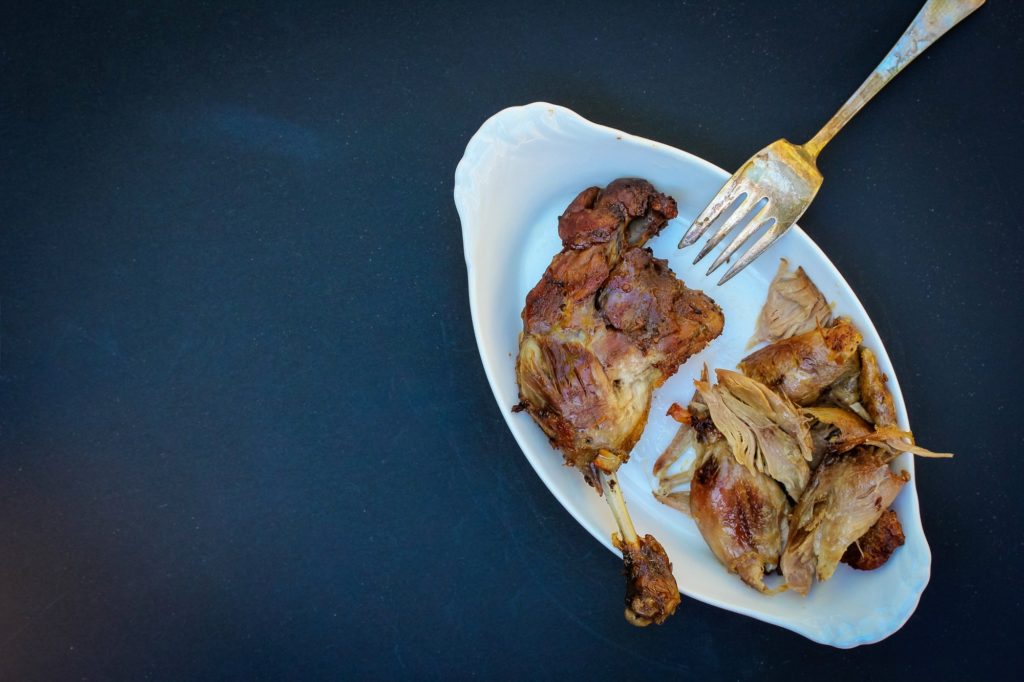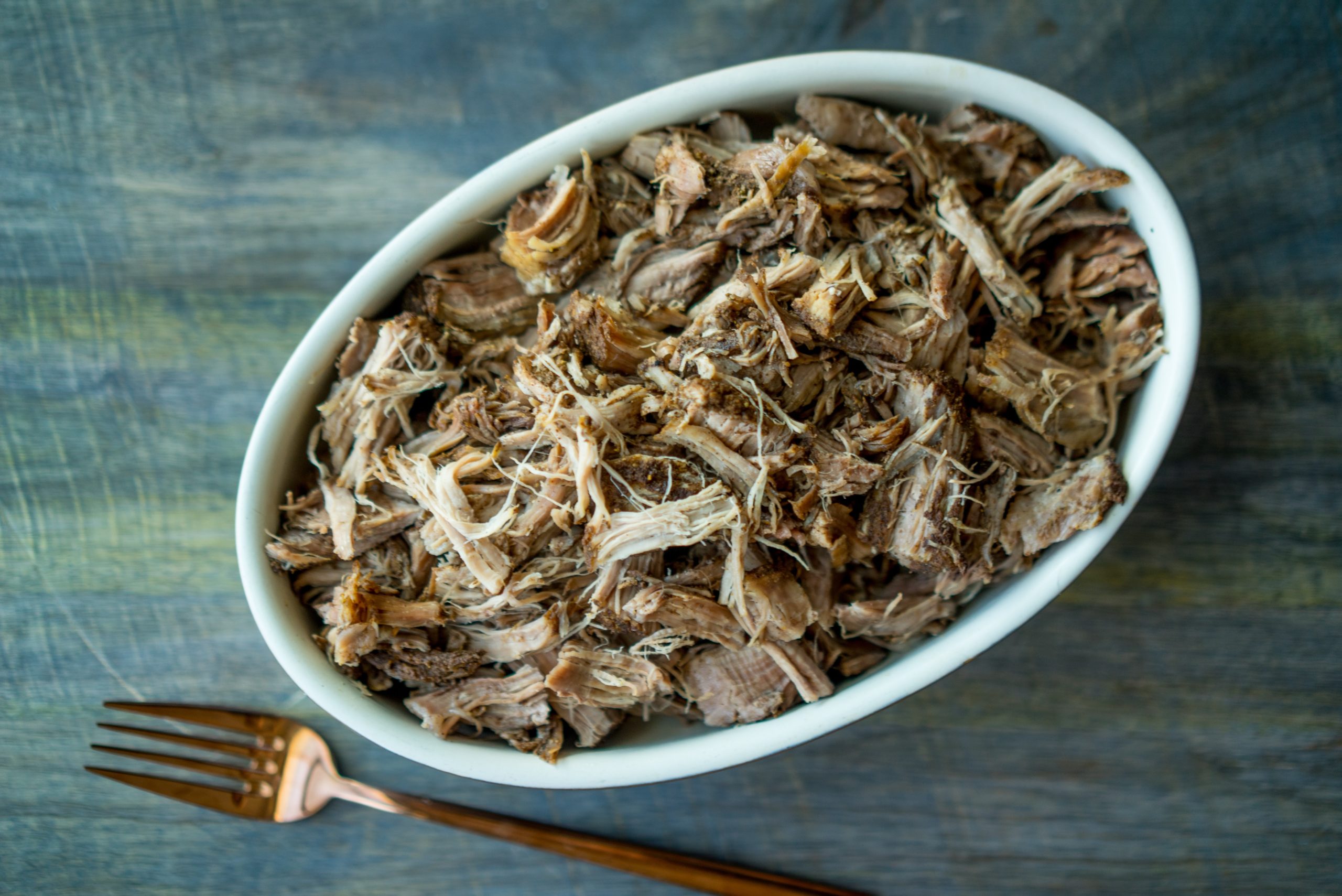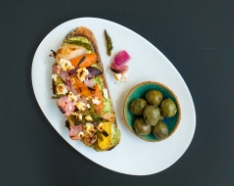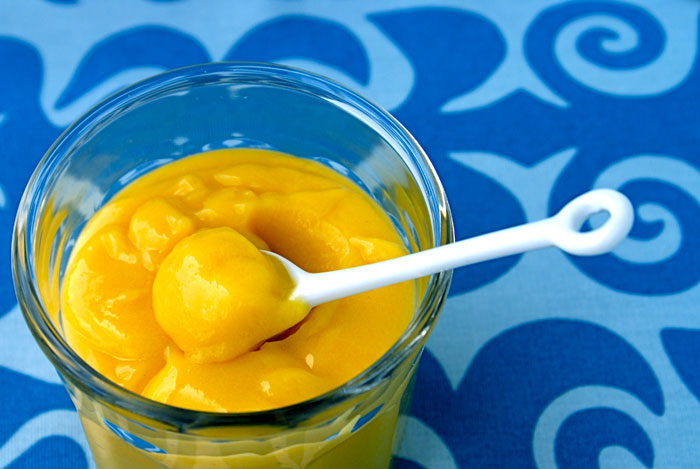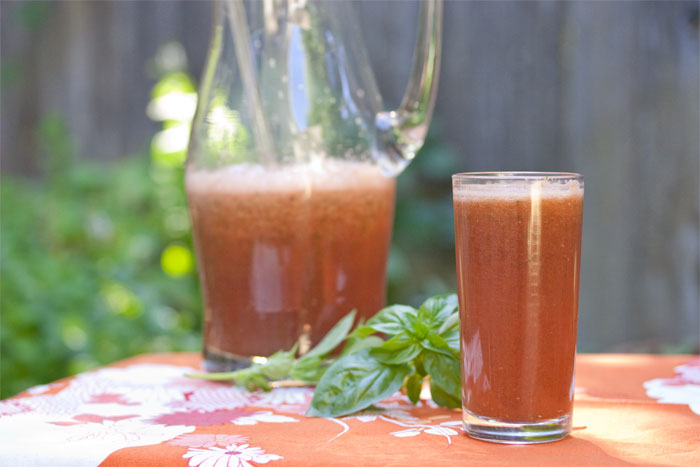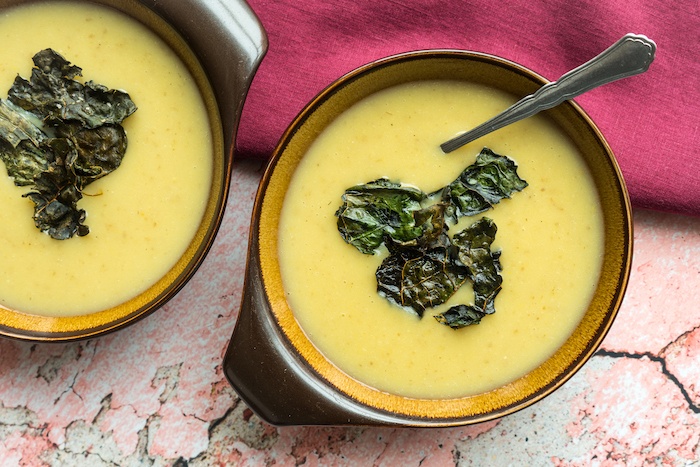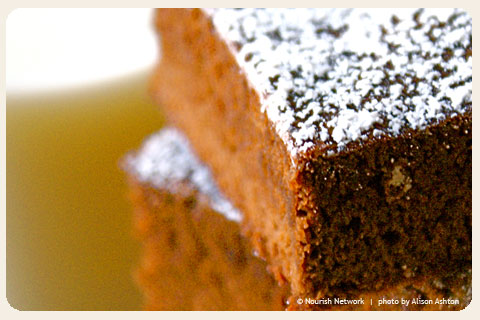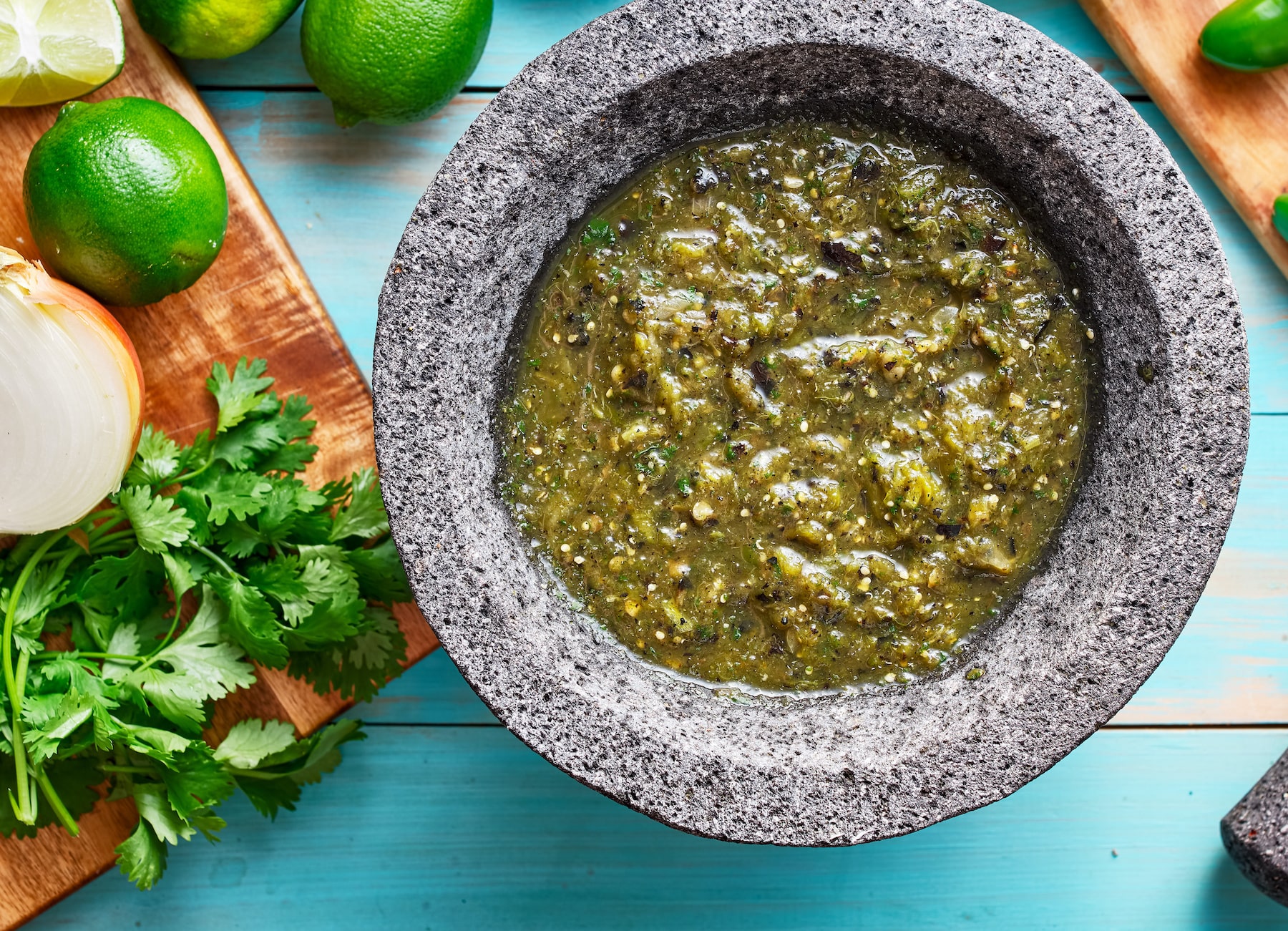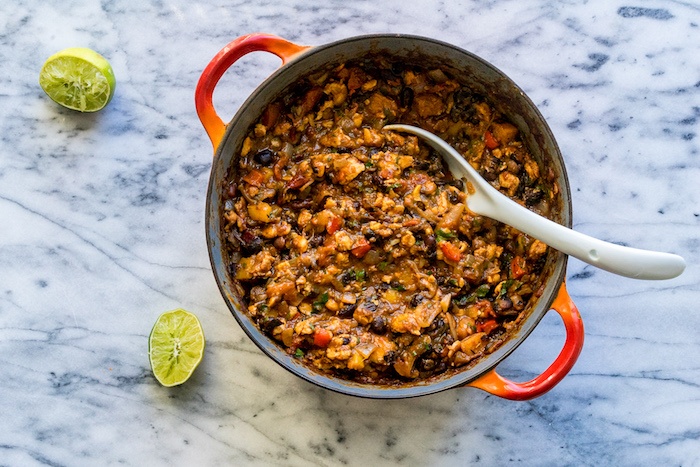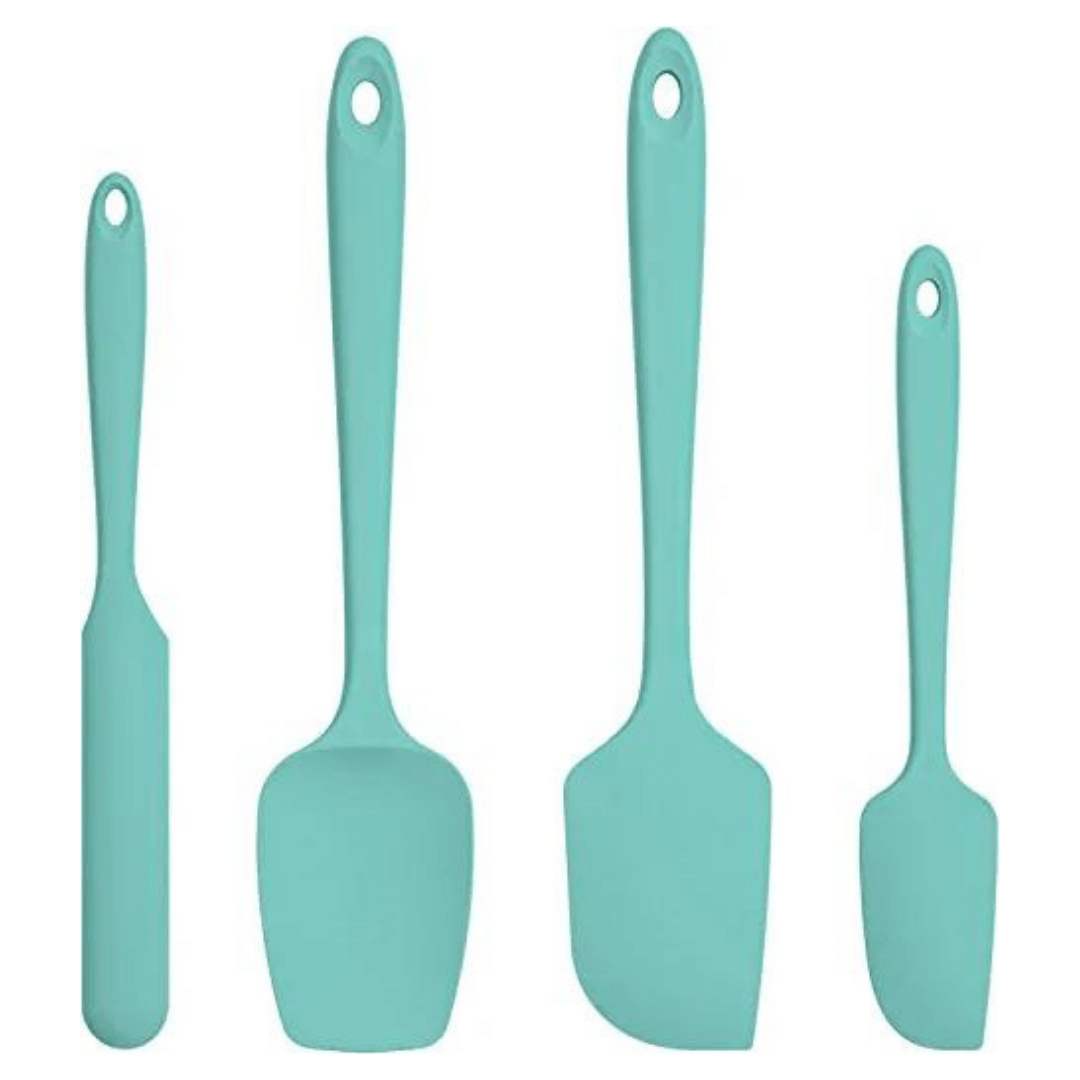There are times when a long-simmered braise is food for the soul. When the whole browning and deglazing and waiting and reducing brings a comforting rhythm to the day.
And then there are times when you’re craving that fall-apart tender meat that’s shot through with flavor, but you don’t have time for all the steps. That’s when I turn to what I call “dry braising*.” Here's how to braise this simple way.
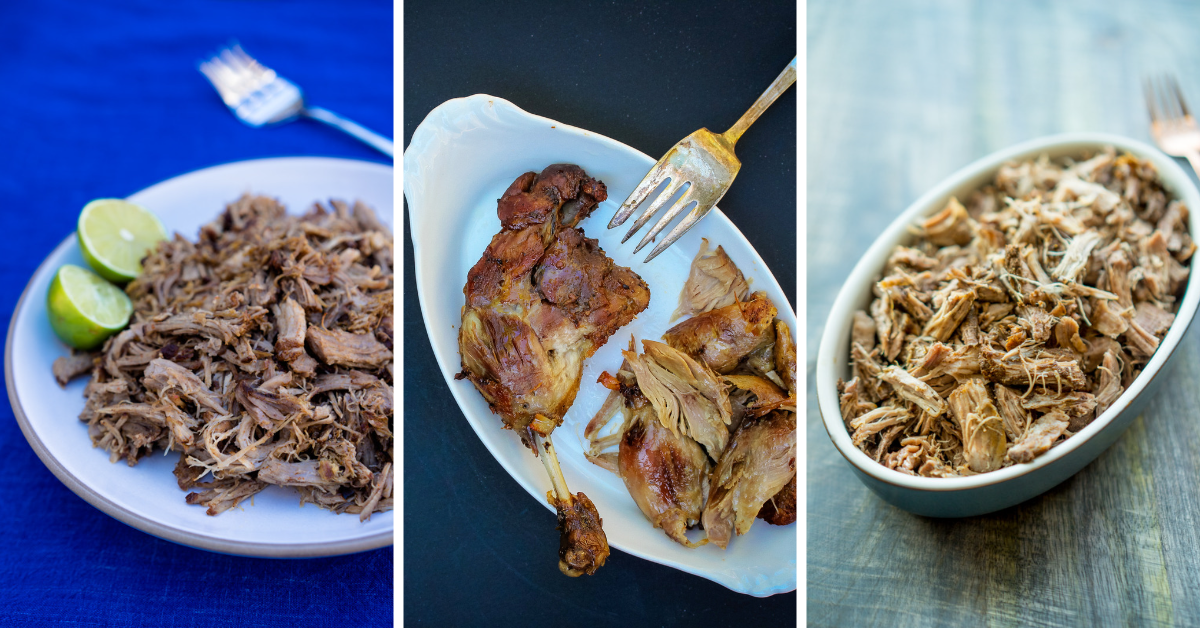
If you’ve ever made Carnitas de Lia (and I know quite a few of you have) you’ve already experienced dry braising. You’re essentially rubbing a cut of meat with a spice and salt mix, enclosing it in a Dutch oven, and cooking it at a low heat for a long time. That’s it. Mix and rub and walk away until it’s done.
Technically, this is not braising, since it doesn’t involved browning and uses no additional liquid. Nor is it roasting, since that involves dry heat and uncovered meat (Sally Schneider, author of the fabulous Improvisational Cook, highlights a similar technique that she’s dubbed “close roasting”). It’s really somewhere between the two.
Dry braising, like traditional braising, uses the convective action of steam to cook meat and break down connective tissues. “Tougher” (and usually cheaper) cuts like shanks, ribs, legs, shoulder, and chuck or round roasts will yield luscious, tender results; leaner, less fibrous cuts will simply dry out.
Dry braises are even more versatile than their traditional cousins. Carnitas de Lia, for instance, could star in quesadillas, a Mexican scramble or tortilla soup. The five-spice pork below is incredible crisped up in a stir fry with bok choy or added to udon soup, or wrapped in scallion pancakes with a dab of plum sauce. And our Revelationary Duck Confit … don’t even get me started.
This technique almost defies actual steps, but for those of you who would like the ease of a 1-2-3, here they are:

Rub the spice mixture into all the little nooks and crannies of the meat. If you’re using a boneless roast in a net — like a pork butt (pork shoulder) or leg of lamb — take it out, rub spice mix onto every exposed crevice you can reach, and then stuff it back in the net (or tie it back up … or just shape it into a free-form roast).
Oh, and did I mention that dry braises freeze super well? If you’ve got a window of time when you’ll be at home, cook and freeze and get a jump on the holidays!
* Yes, there is a Chinese technique called dry-braising, but it's a different one than the technique I laid out here.
Carnitas de Lia
These carnitas are based on a recipe by Michele Anna Jordan that I've been using for years. Because the pork is braised in its own juice, these carnitas are much lighter than the traditional version, which is cooked in ample fat. Serve this Mexican-style pulled pork with guacamole, lime wedges, salsa and a basket of hot tortillas.
Revelationary Duck Confit
This duck confit recipe, originally inspired by the Revisionist Confit of Duck Leg in Sally Schneider’s A New Way to Cook, is one that has been repeated over and over again in our house. Because the duck legs are cooked in their own fat and juices–rather than being simmered in a layer of duck fat–it is loads lighter than traditional versions, yet still fall-off-the-bone succulent. I normally kick off winter by cooking up a dozen and freezing them. Whole, they’re delicious crisped up in a frying pan or the oven. Or shred their meat into salads, soups, pasta–even dumplings or tacos.
Super Succulent Five-Spice Pork Shoulder
This ridiculously simple dish is a riff on Carnitas de Lia, another of an endless variation of “dry braises” you can make with your own mix of spices. I like to top bowls of Simple Udon Soup with a generous mound of shreds, or serve an Asian take on fajitas with scallion pancakes, plum sauce and griddled scallions.


